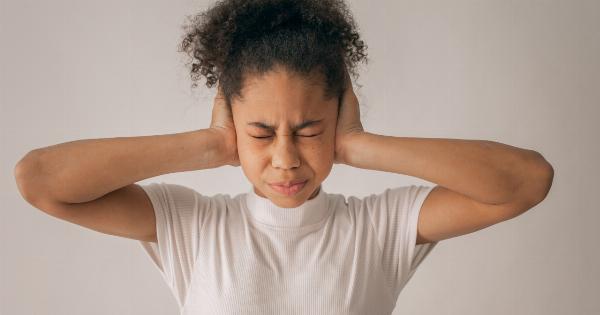Anxiety and anxious disorder are terms often used interchangeably to describe feelings of uneasiness, fear, or worry. While they may seem similar, there are significant differences between the two.
In this article, we will provide you with a comprehensive comparison of anxiety and anxious disorder, helping you gain a better understanding of these conditions.
Anxiety
Anxiety is a natural human emotion that everyone experiences. It is a general term used to describe feelings of fear, nervousness, or unease about a particular situation or forthcoming event.
Anxiety can be triggered by a wide range of events or circumstances, such as public speaking, job interviews, or relationship troubles.
Symptoms of Anxiety
The symptoms of anxiety can vary from person to person, but common signs include:.
- Feeling restless or on edge
- Increased heart rate
- Rapid breathing or shortness of breath
- Trembling or shaking
- Sweating excessively
- Difficulty concentrating
- Having trouble sleeping
- Feeling irritable
Causes of Anxiety
Anxiety can be caused by a wide range of factors, including:.
- Stressful life events
- Genetics
- Chemical imbalances in the brain
- Medical conditions
- Side effects of certain medications
Anxious Disorder
Anxious disorder, on the other hand, is a specific mental health condition characterized by excessive and persistent worry or fear that significantly impacts a person’s daily life.
It goes beyond the temporary feelings of anxiety and can be a chronic condition.
Types of Anxious Disorders
There are several types of anxious disorders, including:.
- Generalized Anxiety Disorder (GAD): Excessive worry or anxiety about various aspects of life, often without a specific trigger.
- Panic Disorder: Recurring panic attacks accompanied by intense fear and physical symptoms such as chest pain, dizziness, or shortness of breath.
- Social Anxiety Disorder: An intense fear of social situations, where individuals may feel embarrassed, humiliated, or judged by others.
- Specific Phobias: Overwhelming and irrational fear of specific objects or situations, such as heights, spiders, or flying.
- Obsessive-Compulsive Disorder (OCD): Intrusive thoughts or obsessions followed by repetitive behaviors or compulsions to alleviate anxiety.
- Post-Traumatic Stress Disorder (PTSD): Anxiety and distress triggered by experiencing or witnessing a traumatic event.
Symptoms of Anxious Disorder
The symptoms of anxious disorder may include:.
- Excessive worrying
- Feeling restless or on edge
- Persistent fear or dread
- Difficulty concentrating or making decisions
- Trouble sleeping
- Physical symptoms like headaches, stomachaches, or muscle tension
Diagnosis and Treatment
Diagnosing anxiety or an anxious disorder is typically done through a comprehensive evaluation by a mental health professional. They may use interviews, questionnaires, and observations to determine the presence and severity of symptoms.
Treatment for anxiety and anxious disorders may involve a combination of therapy, medication, and lifestyle changes.
Psychotherapy, such as cognitive-behavioral therapy (CBT), can help individuals identify and change negative thought patterns and behaviors. Medication, such as selective serotonin reuptake inhibitors (SSRIs), may be prescribed to help manage symptoms.
Key Differences
While anxiety and anxious disorder share similarities, the key differences can be summarized as follows:.
- Anxiety is a normal emotion experienced by everyone, whereas anxious disorder is a specific mental health condition.
- Anxiety is usually temporary and triggered by specific events, while anxious disorder involves persistent and excessive worry or fear.
- Anxious disorder may require professional diagnosis and intervention, whereas occasional anxiety can often be managed with self-help strategies.
- Anxious disorder is associated with specific types, such as GAD, panic disorder, social anxiety disorder, specific phobias, OCD, and PTSD.
Conclusion
Anxiety and anxious disorder are distinct in their nature and impact on an individual’s life. While anxiety is a normal human emotion, anxious disorder goes beyond temporary feelings and requires professional attention and treatment.
Understanding the differences between the two can help individuals recognize when their anxious feelings may require intervention and support.



























